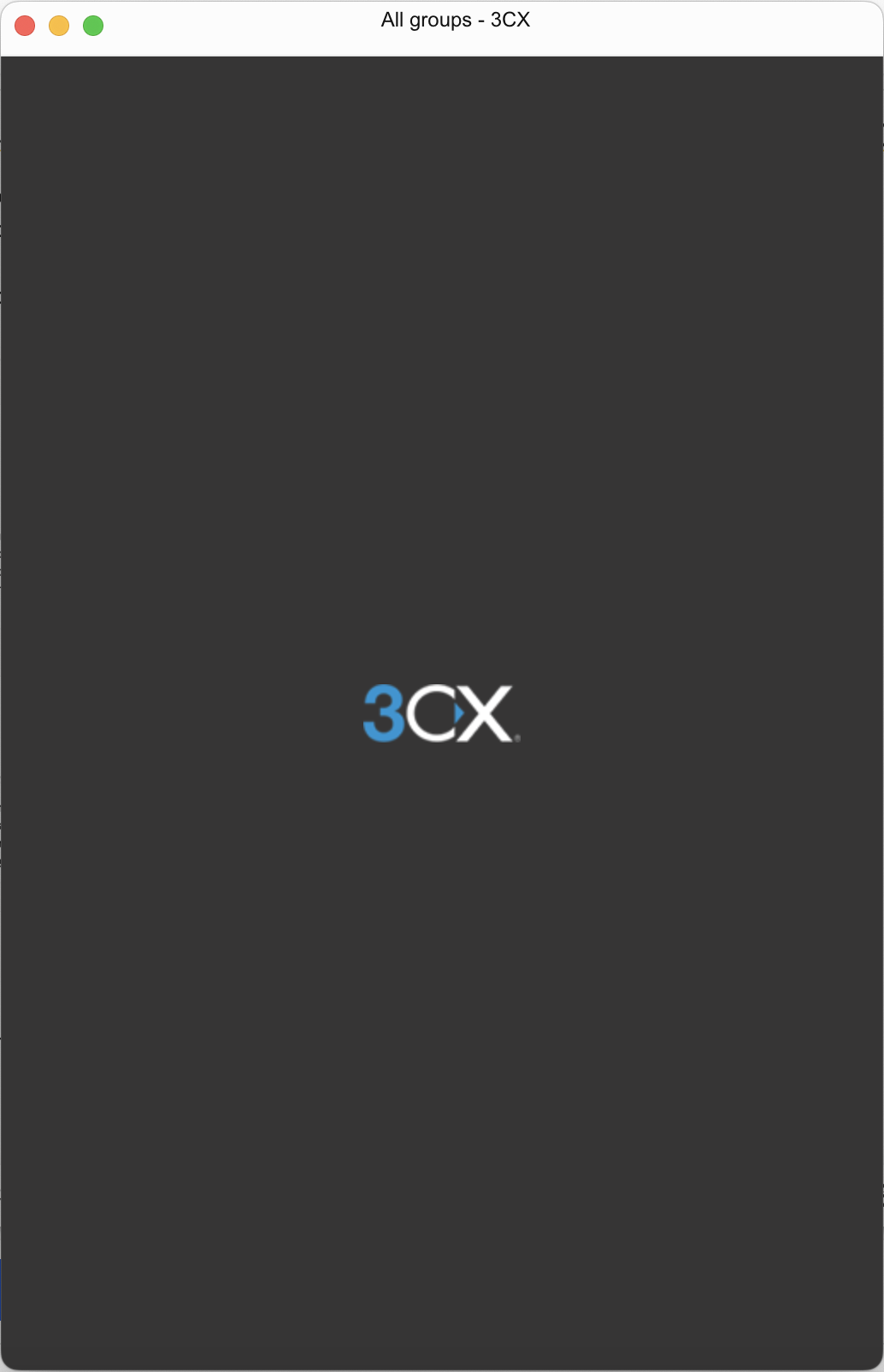In Austria, 5G has been touted as a revolutionary leap in mobile communications. Yet even with coverage now far advanced, the technology has not met all of its loftiest promises. The much-advertised ultra-low latency and sweeping digital transformation have fallen short. In many respects, 5G has turned into a marketing tool.
“True 5G” vs. “5G DSS” (Dynamic Spectrum Sharing)
There is a substantial difference between true 5G and 5G DSS (Dynamic Spectrum Sharing). True 5G uses new frequency bands and technologies that enable far more efficient, higher-performance data transmission. 5G DSS, by contrast, is an interim solution. It lets operators run their existing 4G LTE frequencies alongside 5G on the same spectrum. You could think of Dynamic Spectrum Sharing as “5G Light,” because it does not deliver the full capabilities of true 5G.
This setup allows mobile operators to market the benefits of 5G in ways that often remain unclear to the average consumer. The “5G” indicator on smartphones is increasingly used as a marketing device, even though the real-world gains—especially with 5G DSS—can be limited. For many users, that “5G” label amounts to only a modest improvement over existing 4G networks. Such strategies make it harder to distinguish genuine technological progress from sales talk. The challenge for consumers is to inform themselves about what 5G DSS can and can’t do, so they can make sound choices about their mobile service.
True 5G or 5G DSS? How to test your network
To check whether you’re on a true 5G network or 5G DSS, download the RTR Netztest app. Provided by the Austrian Regulatory Authority for Broadcasting and Telecommunications, it offers detailed information on your connection quality, including the type of network in use.
Use cases for 5G in 2025
5G has a range of use cases. For smartphone users, improved upload speeds matter in particular for social-media apps like Instagram, YouTube, and X, making it faster to post videos and photos. In rural areas where fiber infrastructure is limited, 5G can provide a viable alternative for fast home internet.
Urban vs. rural 5G usage in Austria
In Austria’s urban areas, fiber-to-the-home (FTTH) is often the first choice for fixed-line internet. FTTH means fiber is run directly to homes and offices, enabling especially fast and stable connections. Interestingly, FTTH in Austria is frequently offered by local power utilities that, in addition to energy, now deliver premium internet services.
By contrast, 5G plays a central role for mobile internet in rural areas. Here, the availability and reliability of 5G bring clear advantages, especially for applications that need high throughput and low latency. Although FTTH is the superior option for fixed-line connections, 5G remains indispensable in rural environments for mobile use, helping meet the growing demand for fast, dependable data connectivity.
Conclusion: 5G in Austria in 2025—Beyond the marketing
By 2025, 5G had become an important part of Austria’s digital infrastructure. Despite some marketing excesses and early overstatements about its capabilities, 5G offers decisive benefits in both urban and rural areas. The task for consumers is to look past the hype and recognize the real advances. While FTTH remains the preferred fixed-line option in cities, 5G is essential for mobile internet and provides a valuable alternative in rural regions.
For a deeper look at the different internet technologies offered by Magenta (T-Mobile Austria GmbH), including a practical comparison, I recommend my German-language article “Die besten Internet Technologien bei Magenta” on my blog. It provides an in-depth analysis of Magenta’s technologies and helps you make an informed choice for your internet setup.
